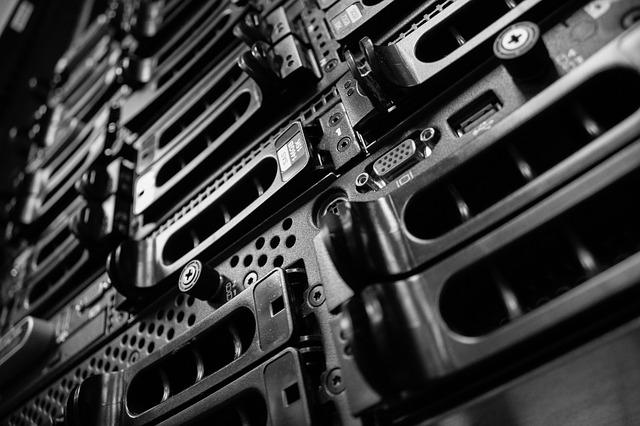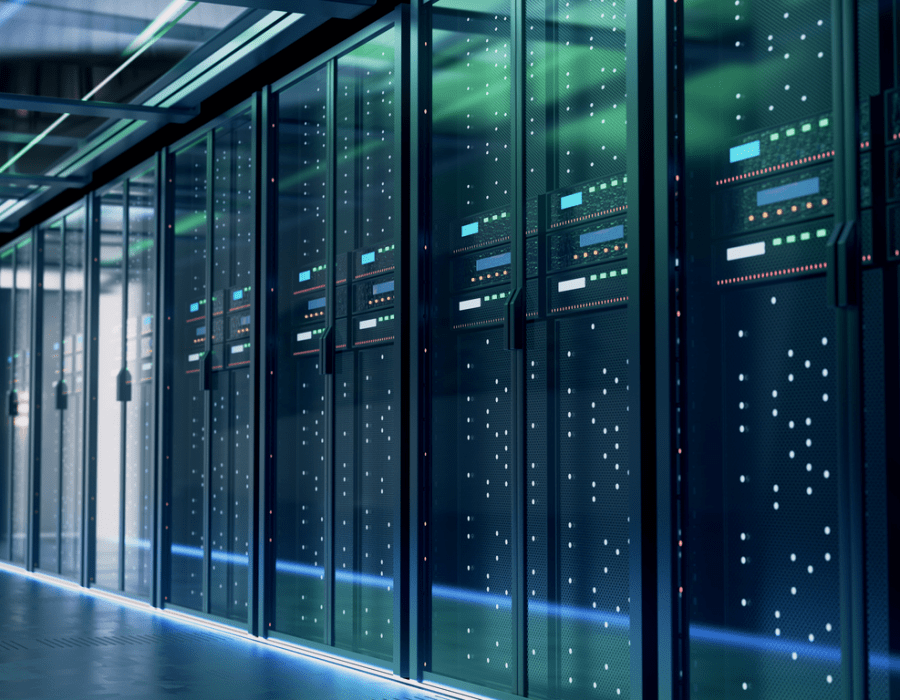Data center prices aren't always easy to understand. There are several data center pricing models, and comparing quotes that use different models is tricky.
Basically, though, there are a few commonly used ways of figuring prices. Charges are based on one of more of these factors.
When you understand data center costs breakdown, it's easier to make sense of a quote and understand what you'll really be paying. Let’s get started!
What a data center provides
What you pay the data center is separate from the equipment you house there. You buy or lease rack-mount servers, drives, routers, and other devices and bring them to the data center.

In some cases, the data center leases its own equipment out, but that's still a separate item from paying for the space. More on this later.
Here’s the deal:
The data center provides several items of value, and in one form or another, they're the basis of the costs:
Physical space. Each piece of equipment occupies some amount of rack space. A device is measured by its "U" height. A 1U device fits in 1.75 inches (44.45 mm) of rack height; so a 2U device fits in 3.5 inches, and a 3U device in 5.25 inches. The standard width for a rack is 19 inches, or 482.6 mm. Infrastructure costs, such as air conditioning, get figured into the cost of physical space.
Power consumption. Devices need power to run, and data centers provide backup power to make sure that electrical disruptions don't bring all the equipment down.
Data connectivity. A data center has multiple Internet connections for redundancy and bandwidth. They're distributed among the customers' equipment. The total bandwidth needs to be enough to keep servers moving at a good rate even during periods of heavy usage.
Cross-connection. If you need to connect equipment which isn't in the same rack, the data center needs to run cables. There may be a charge for this.
Labor and technical support. Set-up charges cover the installation and connection of equipment, and later changes to the layout may have associated costs.
There has been a gradual shift in pricing models. The older approach was to charge for physical space and Internet connections.
I won’t lie to you:
More than half of the cost of a data center comes from factors not directly related to the racks and connections, so those factors have become more important. Not all data centers use the same formula.
Physical space
You can request one or more cabinets or a number of slots within a cabinet. (The terms "cabinet" and "rack" are interchangeable.) Pricing per slot is called "per U."
Check this out:
The most common cabinet size is 42U, but data centers may have cabinets as small as 16U or as large as 58U. The depth of the rack can vary greatly; 1 meter (39.37 inches) is common, but the depth may be as little as 600 mm.
Be sure the cabinet which is provided is sufficient to accommodate your devices.

If you just have a small amount of equipment, per-U leasing of space makes sense. Otherwise, leasing entire cabinets is more economical.
If you will need dozens of cabinets and draw power over 100 kilowatts, a wholesale data center is an option. It entails leasing an entire separate space, perhaps an entire building, exclusively for your equipment.
In addition to better per-U costs, wholesale gets you more room for expansion and better physical security. Let us now see how power consumption affects the data center costs.
Power consumption
Several ways of measuring power consumption costs are in widespread use.
Per cabinet or rack. This assumes a certain amount of power consumption regardless of what equipment is in the rack. It's a poor measure of power consumption and isn't used much today.
Flat rate. This is also called "per whip." The customer pays a fixed price for a power connection, based on expected kilowatt usage. This is simple and predictable, but it's important to choose the right power rating. With too little, the equipment won't run reliably. With too much, you're paying for power you aren't using. Keep in mind that by standard practice, a device's continuous power draw is no more than 80% of its maximum rating.
Metered. You pay for actual power consumption. It's still necessary to tell the colocation provider what your power requirements are, so you get a circuit that will provide the electricity you need. There's generally a minimum charge if your power consumption is very low.
Data Connectivity
The charge for incoming and outgoing data is generally called a "bandwidth charge," though that's a confusing term. You aren't charged for data capacity but for the amount of data transfer you select.
The price is normally in GB per month. If you select 20 GB, for example, then there's a flat charge for data usage up to 20 GB, and you'll incur an extra charge if you go above that.
Data usage can be measured using a straightforward calculation of the total bytes transferred, but some data centers use the 95th percentile method.
Here’s the bottomline:
The theory behind this approach is that occasional high-volume bursts of data don't impact the data center's usage very much. The measuring system finds the data rate which a customer's use doesn't exceed 95% of the time and uses that to calculate the bandwidth used.

This can be economical for customers who rarely have high data throughput rates but experience occasional bursts.
A customer with steadily high data rates, such as one serving a lot of streaming video, will need to figure on a high bandwidth.
Cross-Connection and Labor
Data centers vary greatly in how they charge for services. Some figure installation and setup costs into the monthly bill; you have to commit to a minimum contract length in this case.
More commonly, there is a one-time charge for setting up your equipment, or you have to send your own people to set it up.
Here’s the truth about equipment setup.
If you need remote hands to take care of special needs, there will be a labor charge. Technical support in the sense of IT problem-solving normally isn't available.
Cross-connections between racks in different part of the facility require special cables. There will be a setup charge and an ongoing charge for the cables.
Conclusion
How data centers charge can involve some or all of the factors mentioned here in the data center costs breakdown.
Be sure you understand all the costs involved when making comparisons. Get a quote from us; you'll find our pricing competitive and easy to understand.





